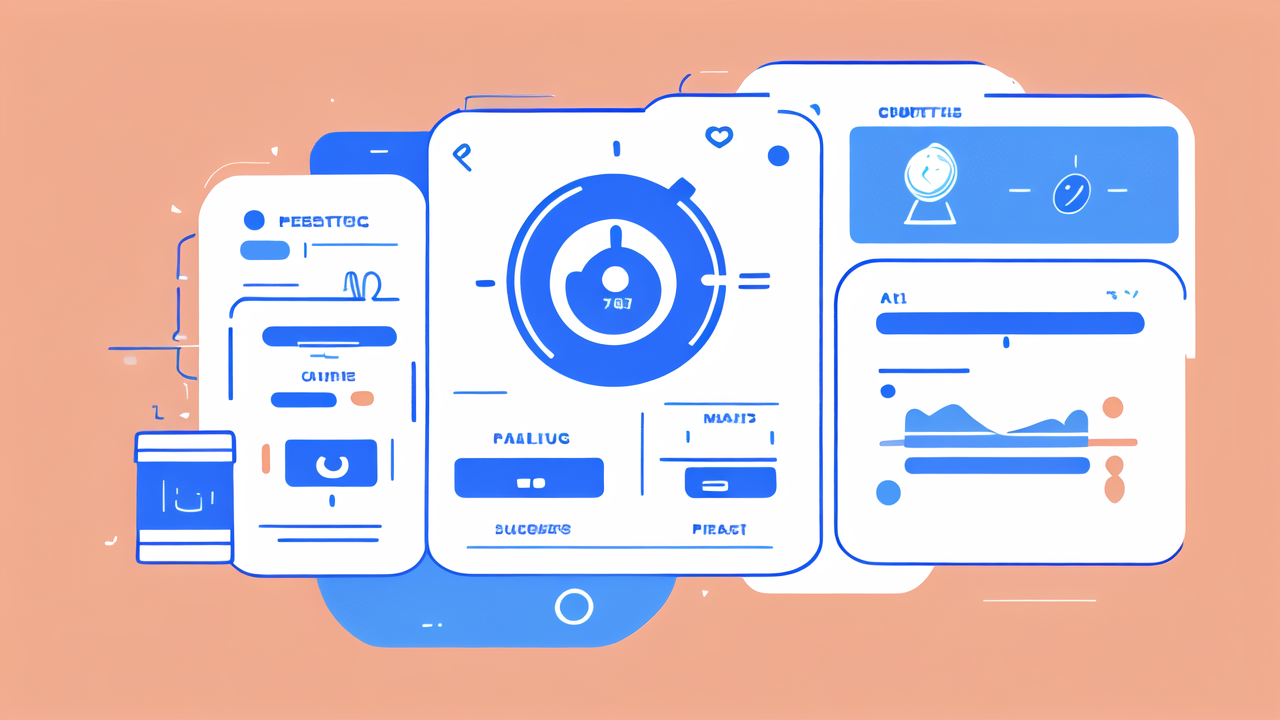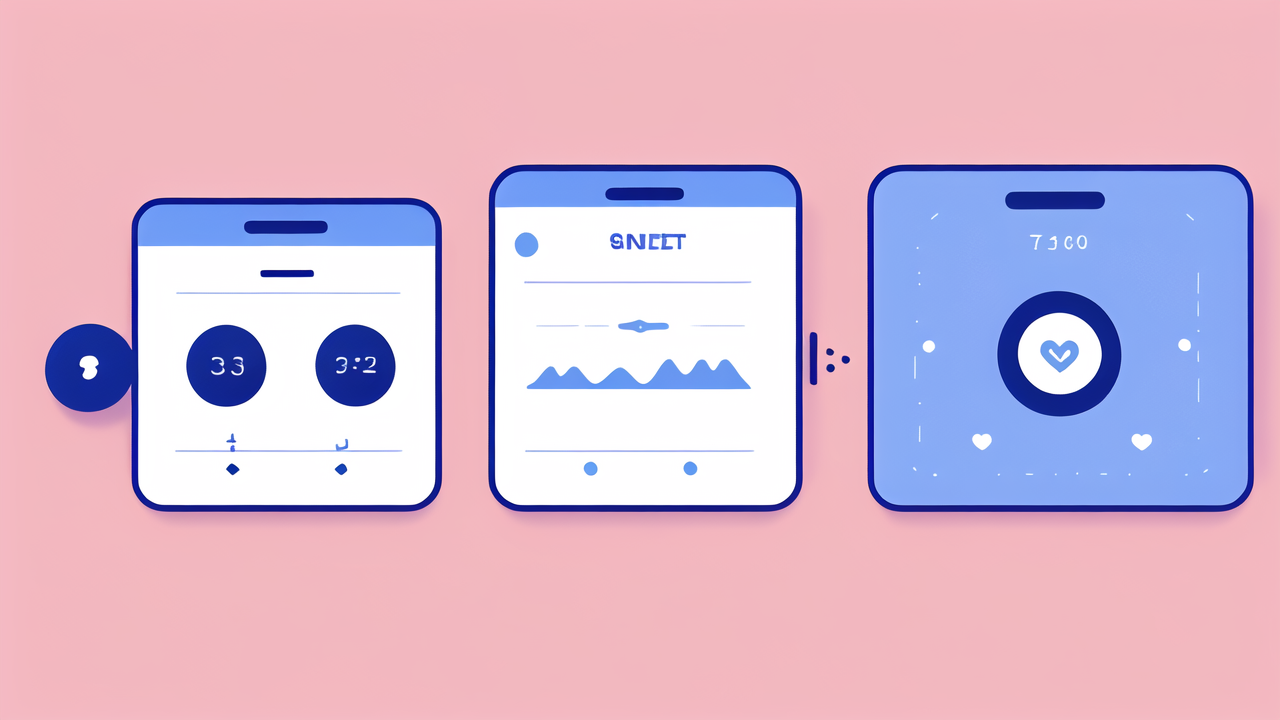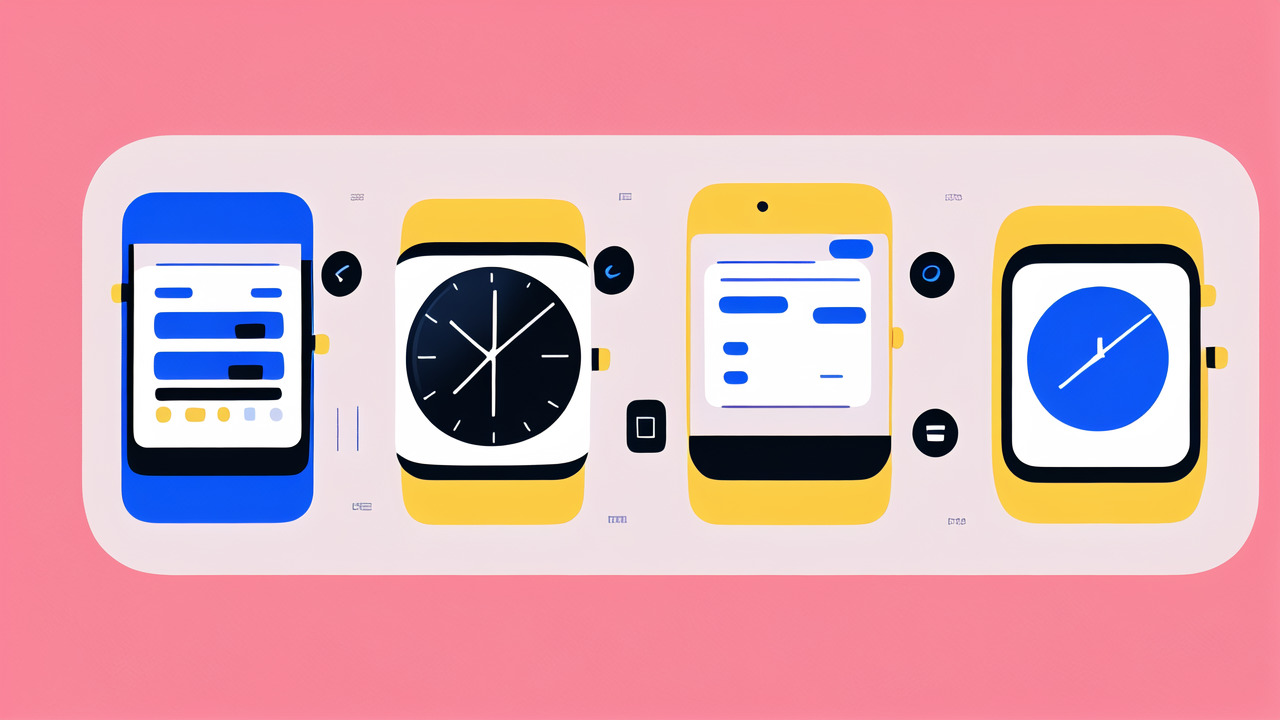The Evolution of Health Tracking in Consumer Devices
Understanding the Current State of Health Monitoring Technologies
Health tracking has come a long way in recent years. Wearable devices now offer a wide range of features. These include:

- Heart rate monitoring
- Sleep tracking
- Step counting
- Calorie burn estimation
- Stress level assessment
Many devices can also track more advanced metrics. These may include blood oxygen levels and ECG readings. The goal is to give users a complete picture of their health.
Smartwatches are leading the charge in this field. They combine health tracking with other useful features. This makes them appealing to a broad audience. The tech is always improving, with new sensors being added regularly.
Innovations That Are Shaping the Health Watch Market
The health watch market is evolving rapidly. New tech is making watches more accurate and useful. Some key innovations include:
- Continuous glucose monitoring
- Blood pressure tracking
- Hydration level sensing
- Body temperature monitoring
- Emotion and mood tracking
These features are changing how we think about personal health. They allow for more proactive health management. Users can spot trends and make changes before issues arise.
AI is also playing a big role. It can analyze data and offer personalized insights. This turns raw data into actionable health advice. As the tech improves, these devices will become even more valuable tools.
Fila's Role in the Wearable Tech Ecosystem
The Strategic Alliances Between Fashion and Tech
Fila has entered the wearable tech market with style. They've partnered with tech firms to create fashionable health watches. This blend of fashion and function is key to their strategy.

Fashion brands bring design expertise to tech products. This makes them more appealing to consumers. Tech companies provide the advanced features people want. Together, they create products that are both useful and stylish.
Fila's approach shows how fashion can make tech more accessible. Their watches don't look like medical devices. Instead, they're fashionable accessories that happen to track health. This broader appeal helps bring health tracking to more people.
These partnerships also help with marketing. Fashion brands have loyal customer bases. They can introduce these customers to new tech products. This helps tech companies reach new markets.
How Fila Watches Are Paving the Way for New Consumer Health Metrics
Fila watches are pushing the boundaries of consumer health tracking. They're introducing new metrics that give users more insight. Some of these include:
- Recovery time after workouts
- Stress resilience scores
- Sleep quality analysis
- Personalized fitness age estimates
These metrics go beyond basic step counting. They provide a more holistic view of health and fitness. Fila is working to make these metrics easy to understand and use.
The watches also integrate with other health apps and services. This creates a more complete health ecosystem. Users can track their progress over time and set personalized goals.
Fila is also focusing on making their watches more accurate. They're using advanced sensors and AI to improve data quality. This makes the health insights more reliable and useful.
Regulatory and Ethical Considerations in Health Tracking
Navigating the Health Data Privacy Landscape
As health watches collect more data, privacy concerns grow. Companies like Fila must navigate complex regulations. These include HIPAA in the US and GDPR in Europe.

Key privacy issues include:
- Data storage and security
- User consent for data collection
- Third-party data sharing
- Data retention policies
Fila and other companies are working to address these concerns. They're implementing strong encryption and giving users more control. Many allow users to choose what data to share and with whom.
Transparency is crucial in this area. Companies need to clearly explain how they use data. They should also provide easy ways for users to access and delete their data.
As regulations evolve, companies must stay adaptable. They need to balance innovation with user privacy and trust.
The Impact of AI and Machine Learning on Health Monitoring Accuracy
AI and machine learning are revolutionizing health monitoring. They can analyze vast amounts of data quickly. This leads to more accurate and personalized health insights.
Some benefits of AI in health watches include:
- More accurate heart rate and sleep tracking
- Early detection of potential health issues
- Personalized workout and recovery recommendations
- Improved stress management suggestions
However, AI also raises ethical questions. There are concerns about bias in algorithms. These could lead to unfair or inaccurate health assessments for some groups.
Companies must work to ensure their AI systems are fair and transparent. They should test for bias and be open about how their algorithms work. Regular audits and updates are necessary to maintain accuracy and fairness.
As AI becomes more advanced, it may blur the line between consumer and medical devices. This could lead to new regulatory challenges. Companies will need to work closely with health authorities to navigate this landscape.
In conclusion, the future of health monitoring looks bright. Fila and other companies are pushing the boundaries of what's possible. As technology improves, these devices will become even more useful tools for managing our health.




Leave a comment
This site is protected by hCaptcha and the hCaptcha Privacy Policy and Terms of Service apply.